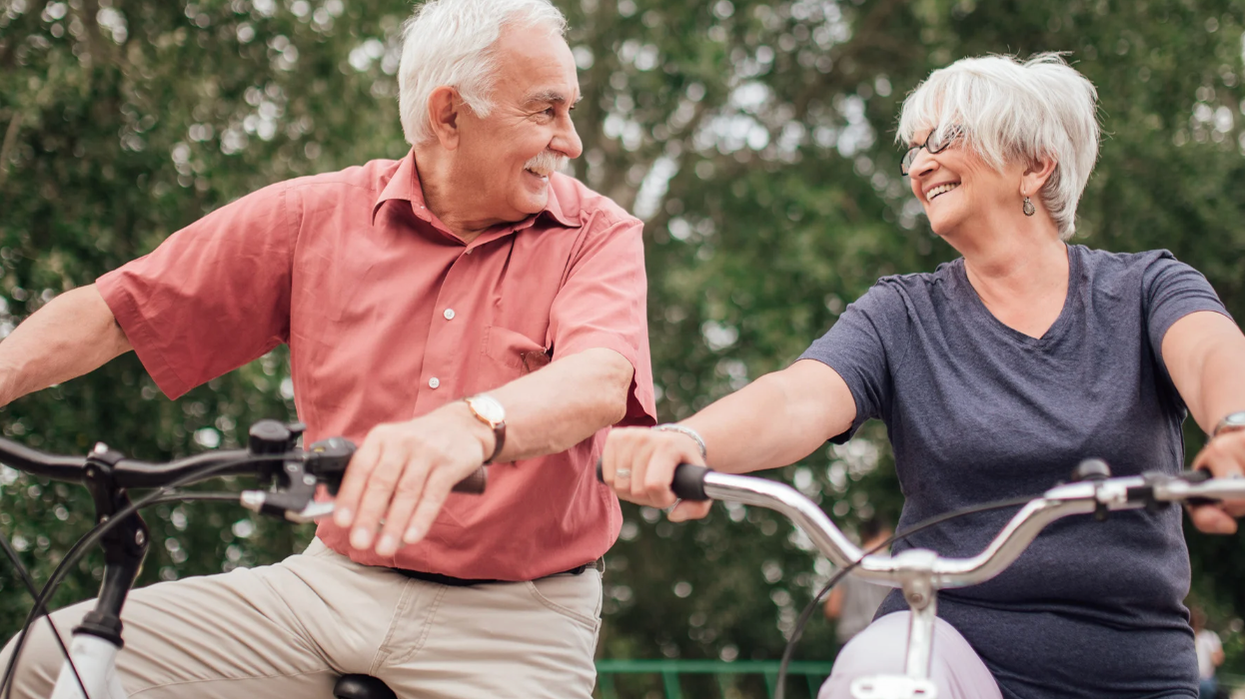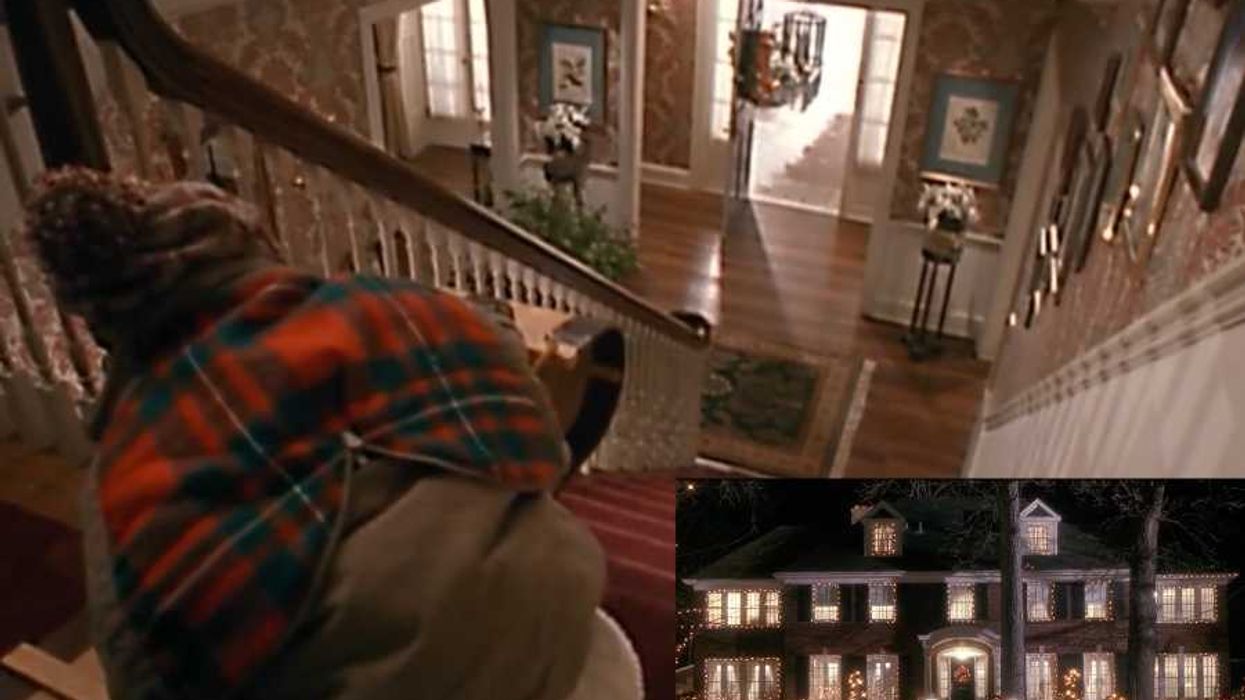In a perfect world, governments would find permanent homes for the approximately 60 million displaced people and refugees who live on Earth today. But as Glada Lahn, a senior research fellow at the international affairs think tank Chatham House, told The Guardian in a sponsored post, “The average time spent as a refugee is 17 years. In the case of Syria, we cannot see those refugees returning any time soon.”
Lahn, with colleague Owen Grafham, is co-author of a new report on another calamity adjacent to the humanitarian refugee one: the refugee energy crisis. The report estimates that of the 8.7 million refugees and displaced people who live in camps, 80 percent have “minimal access to energy.”
As the report points out, even the displaced people in camps who do have access to fuel often cannot afford “clean energy.” Instead, they depend on charcoal and diesel fuel—which release particularly high levels of greenhouse gases. The burning of firewood, another fuel source common in camps, hastens deforestation. The report estimates that displaced families in camps burn 64,700 acres of forest each year, about 49,000 football fields’ worth of trees. And these available energy sources are horrible for refugees’ health. The low-tech cookstoves found in many camps are particularly susceptible to fires, and the kerosene used in those stoves can affect families’ lungs and hearts.
At The Huffington Post, energy consultant Mattia Vianello puts the report in perspective. Through the international NGO Practical Action, Vianello leads research in Burkino Faso’s Goudoubo camp, which houses some 10,300 refugees. He writes about what energy poverty means to the refugees with whom he works:
No households in Goudoubo camp had access to electricity and 90 percent cooked with firewood using inefficient cookstoves. Demand for wood is speeding up the ongoing process of desertification in an area where climate change is already biting.
Public lighting is also not available in the camp, and economic, educational, social, and other activities are limited to daylight hours as a result. Only four percent of females would go out after dark. In 18 percent of households no one would leave the tent after dark.
No electricity is provided in Goudoubo except to power water pumping stations, the health center and light the school (all supplied by diesel generators). On-site administrative offices are without power. As a result, implementing partners lack computers and even lights for their offices. Most activities have to be conducted using pen and paper or mobile phones. ...
The vast majority [of our interviews] agreed that technical assistance was something that would be welcome "You can give me a fish or teach me to fish", said the head of the Executive Committee (paraphrasing a popular expression), "and I can tell you that even here in the desert there are many who want to learn to 'fish'."
Fortunately, the Chatham House report offers other solutions. It calls upon humanitarian organizations to step up their long-term funding for energy infrastructure. And it asks local politicians to look past politics to guarantee energy help for often disenfranchised refugees.
“It’s much better [for governments] to invest in something that leaves a legacy for the country and builds better social relations,” co-author Lahn told The Guardian.
















 Otis knew before they did.
Otis knew before they did.